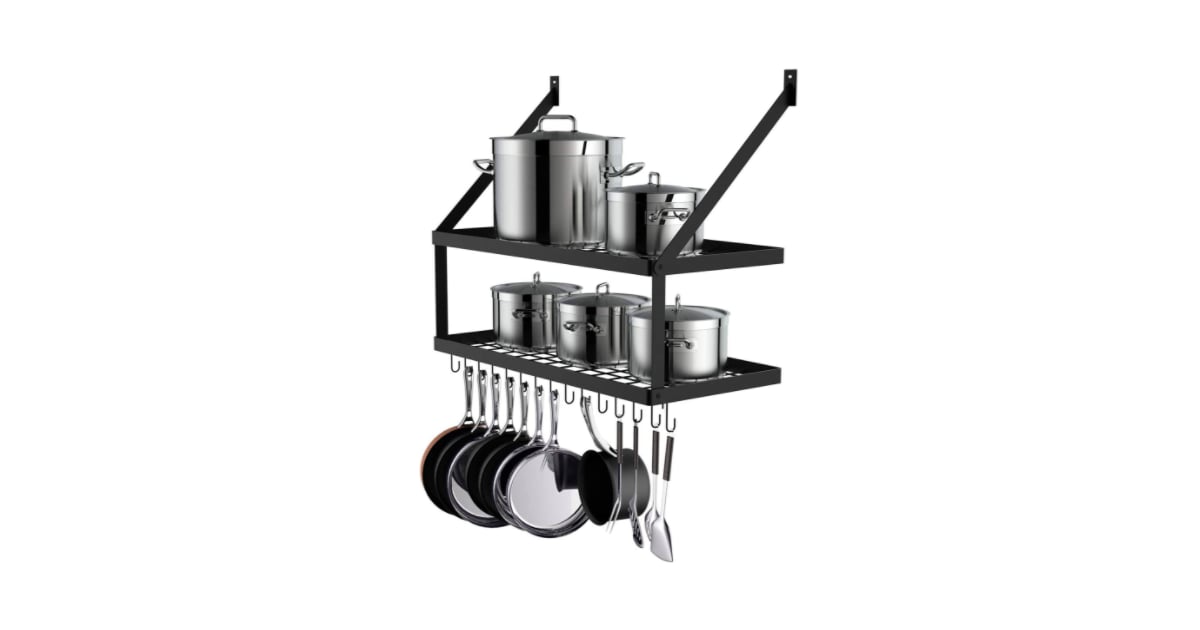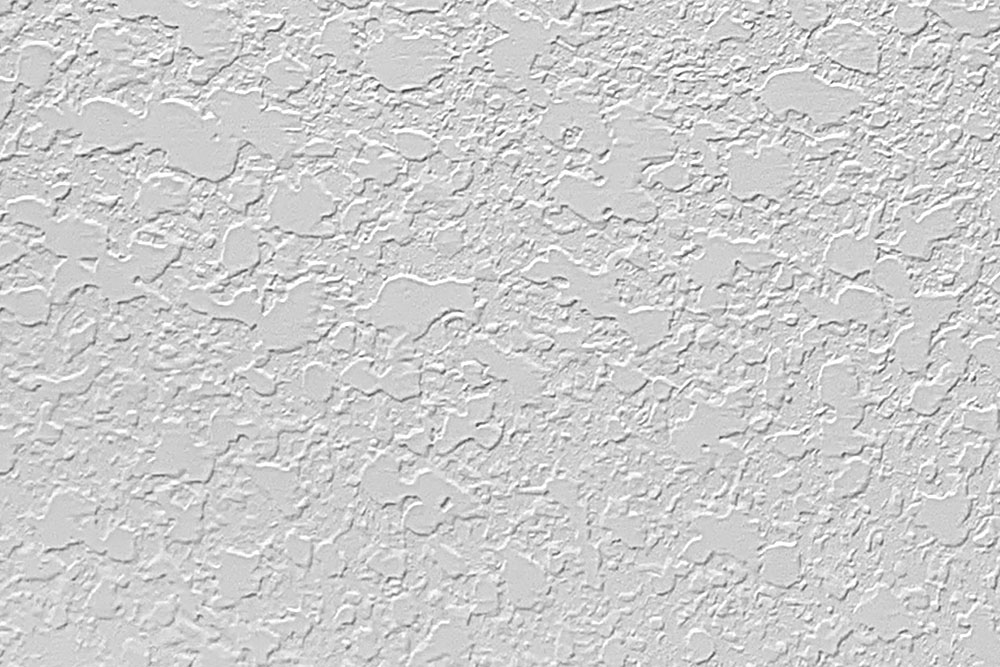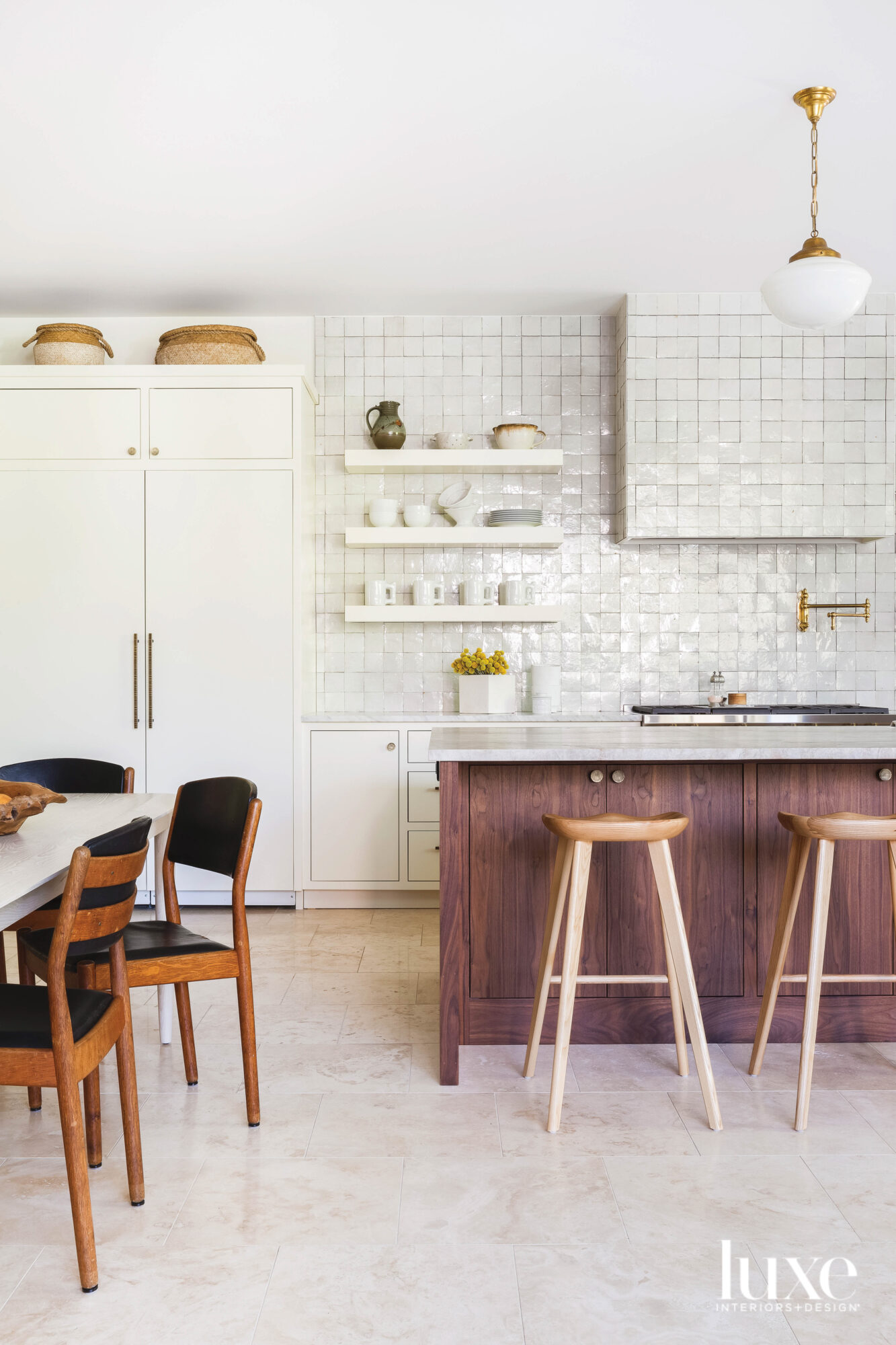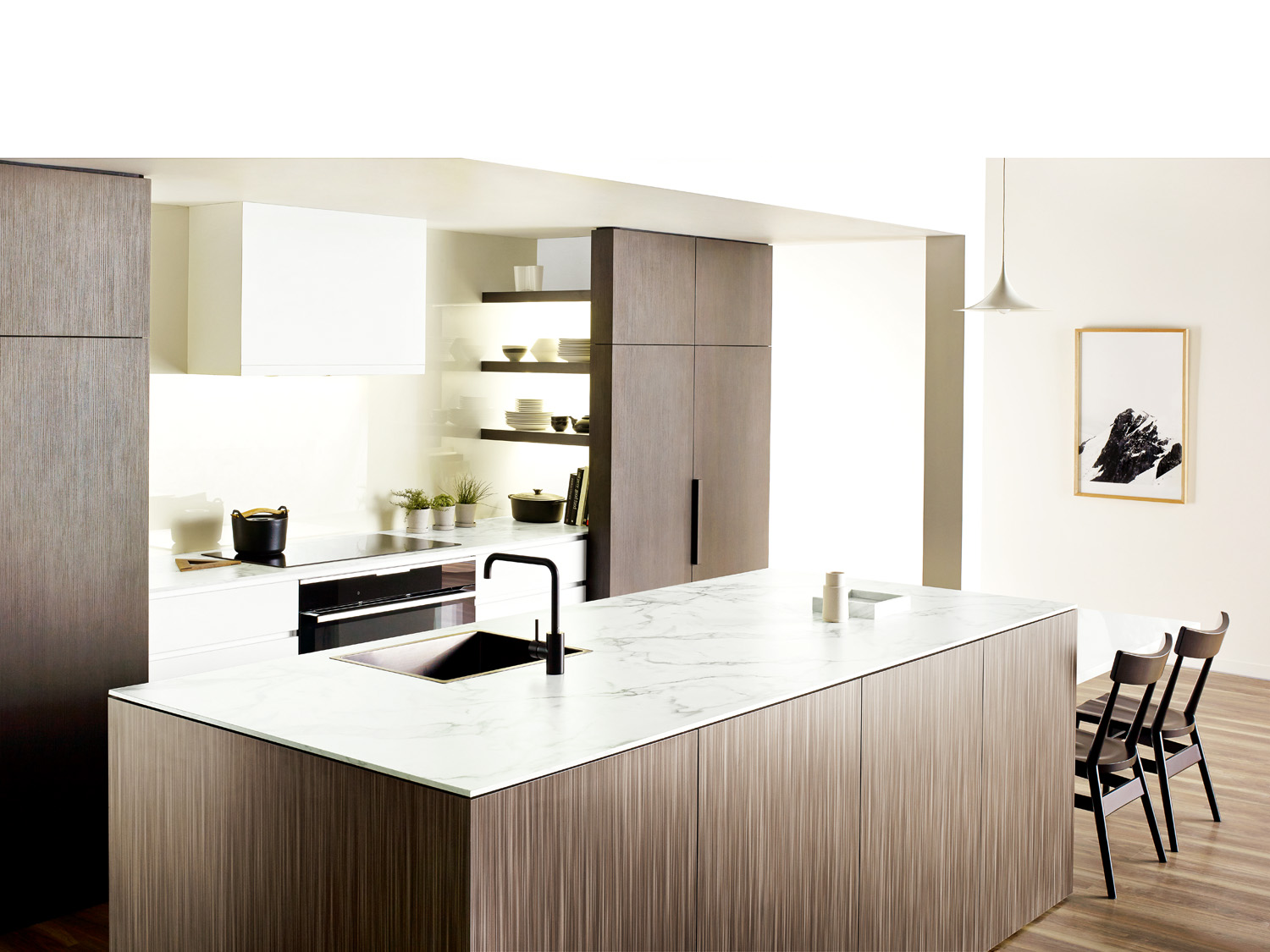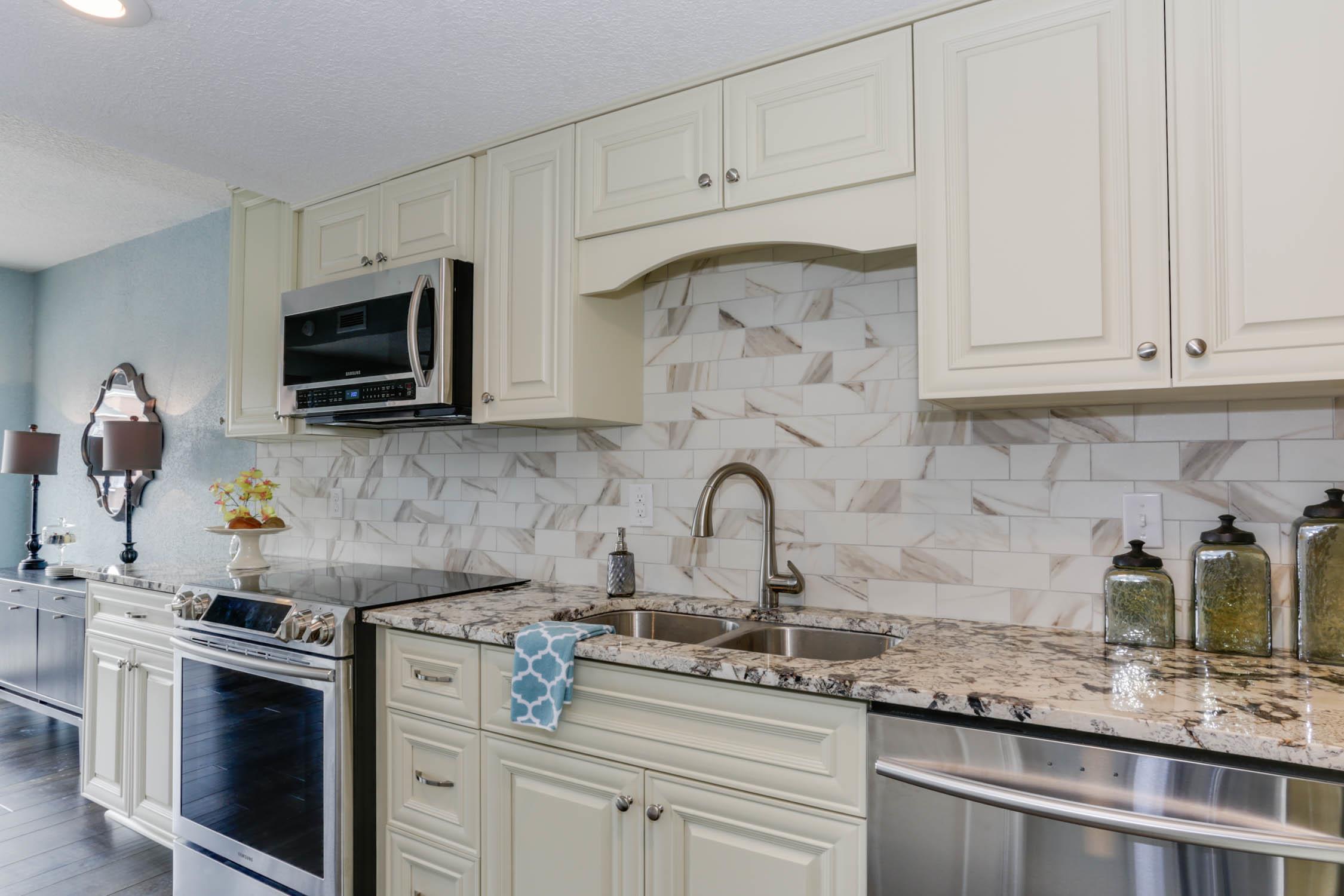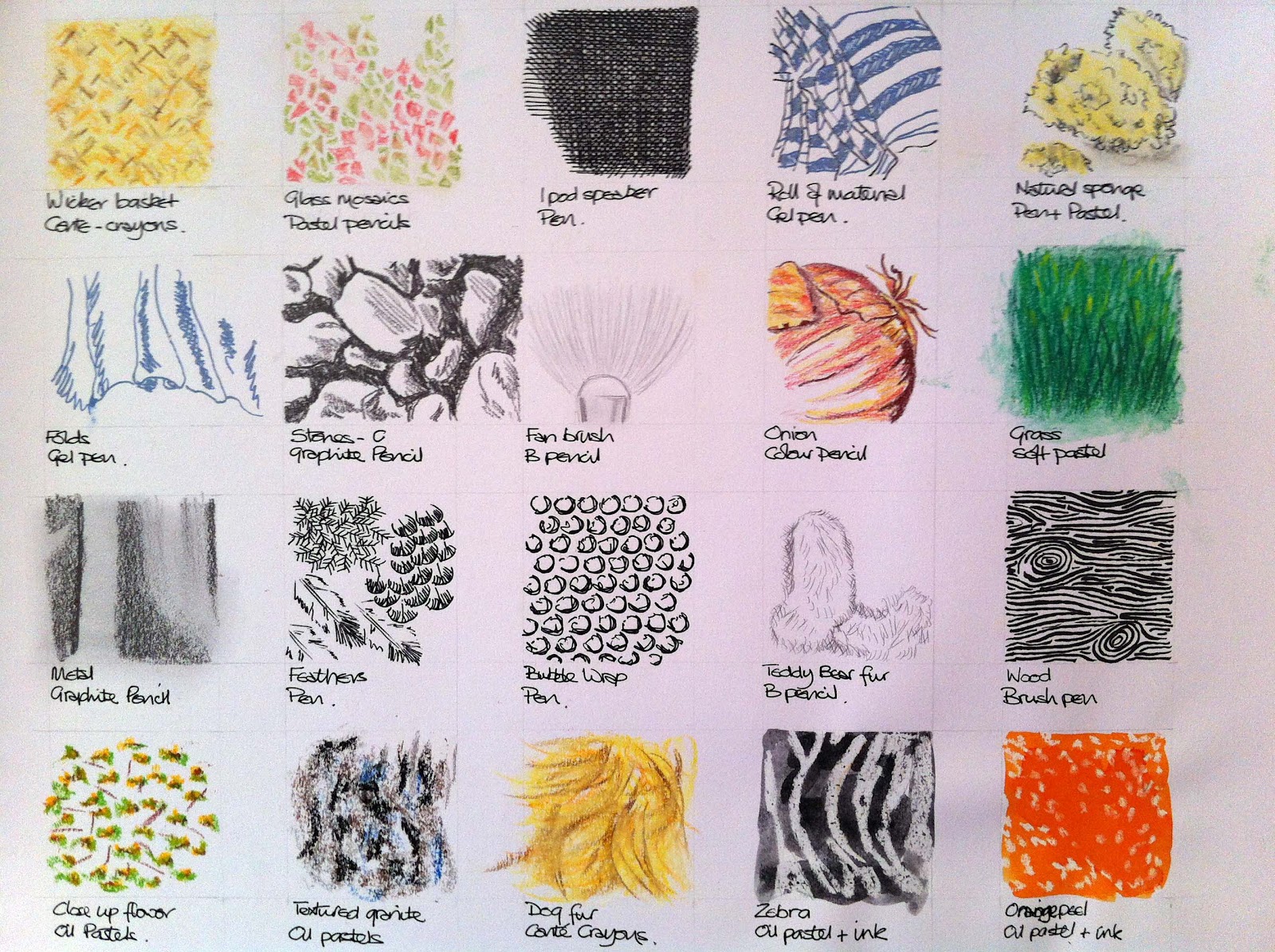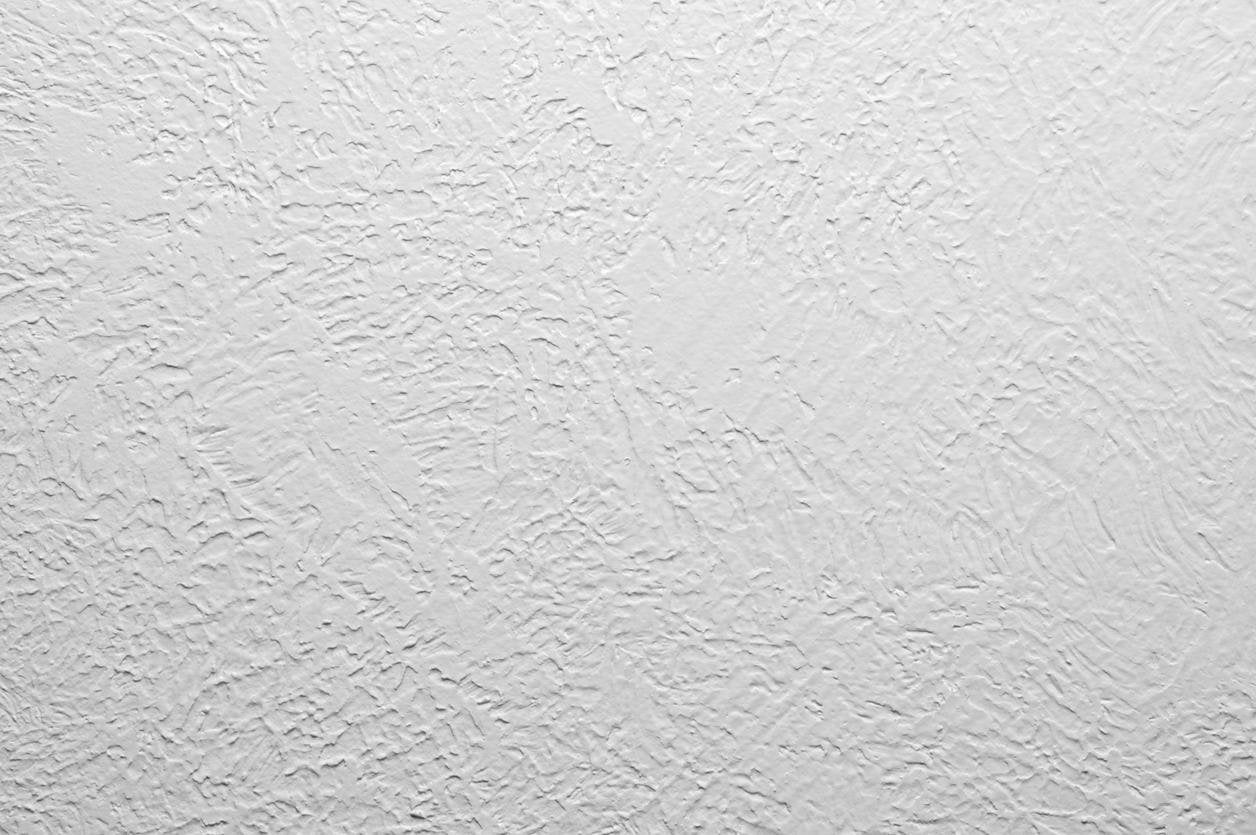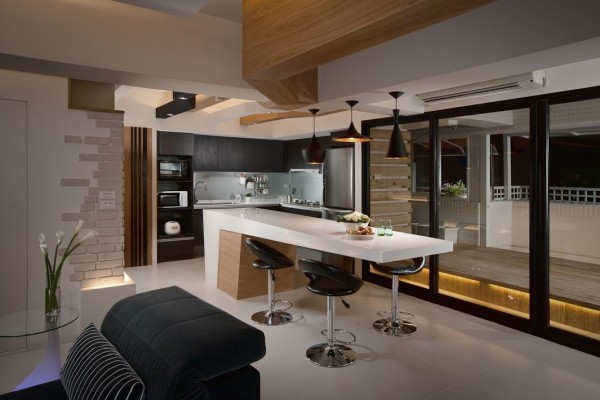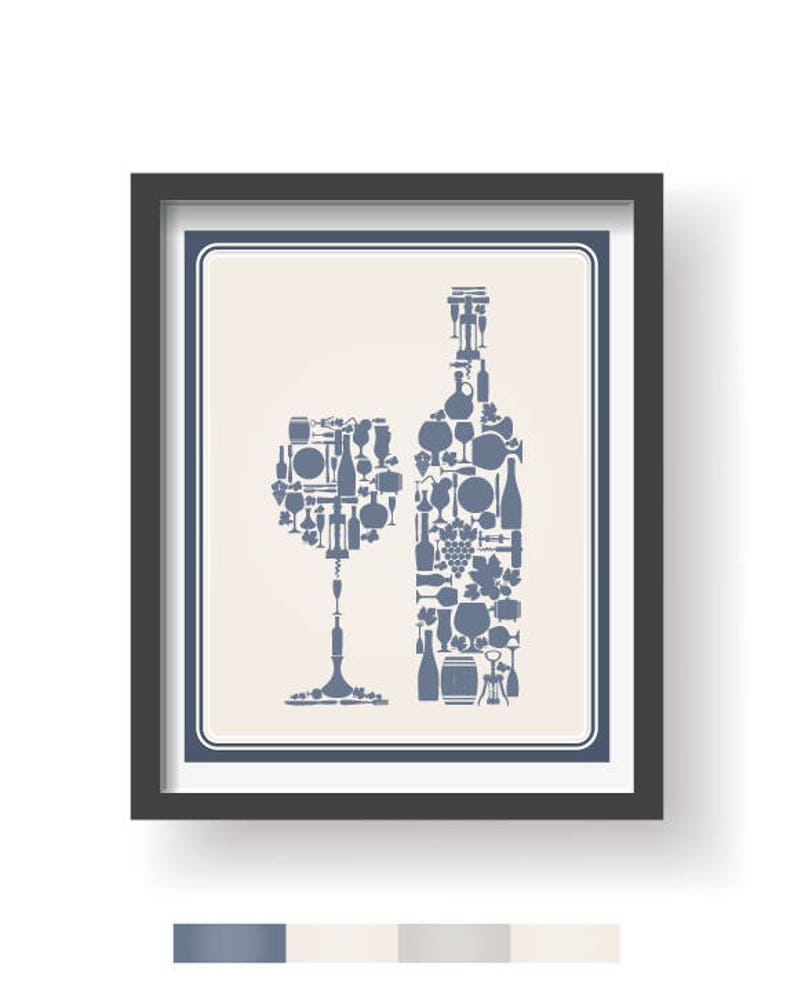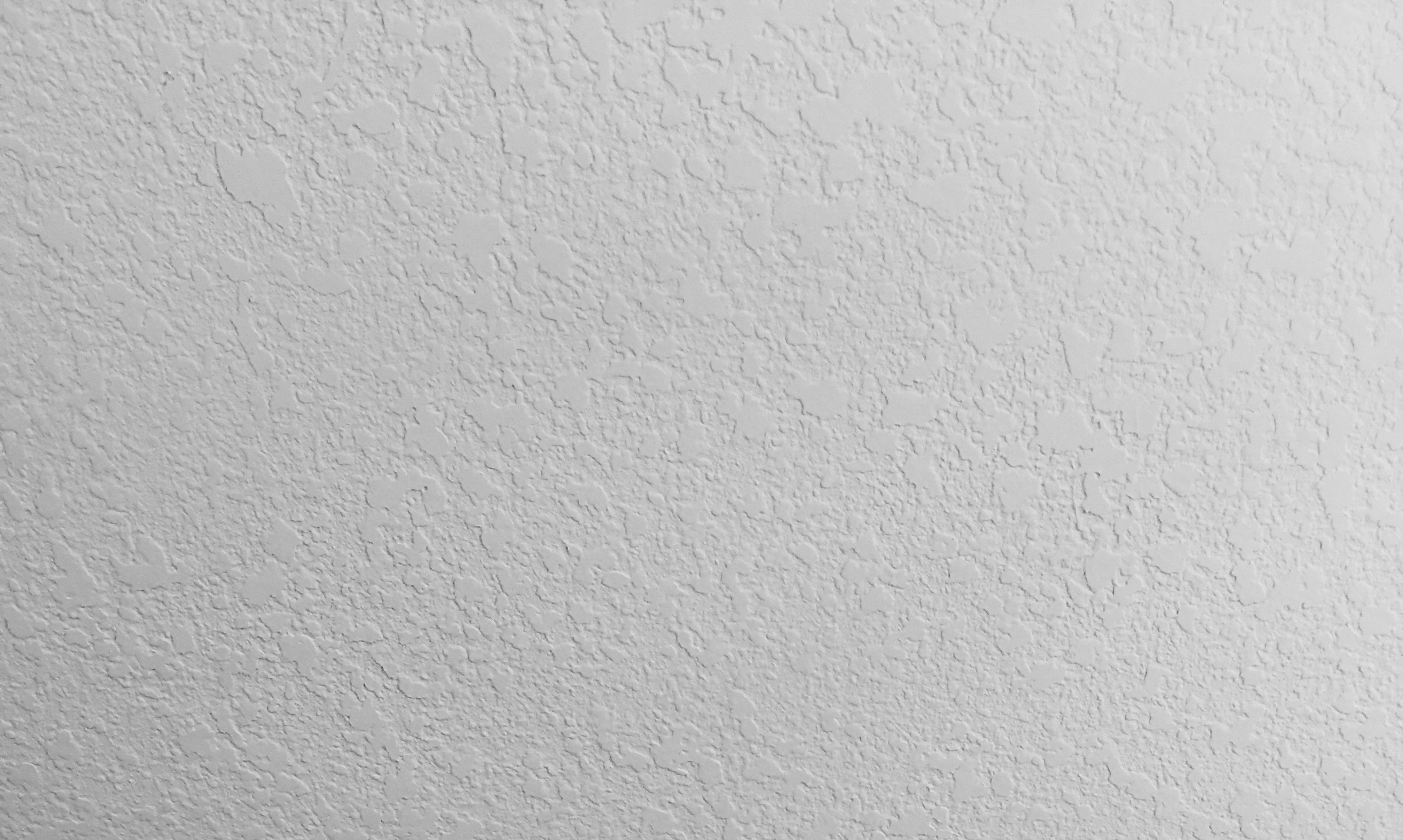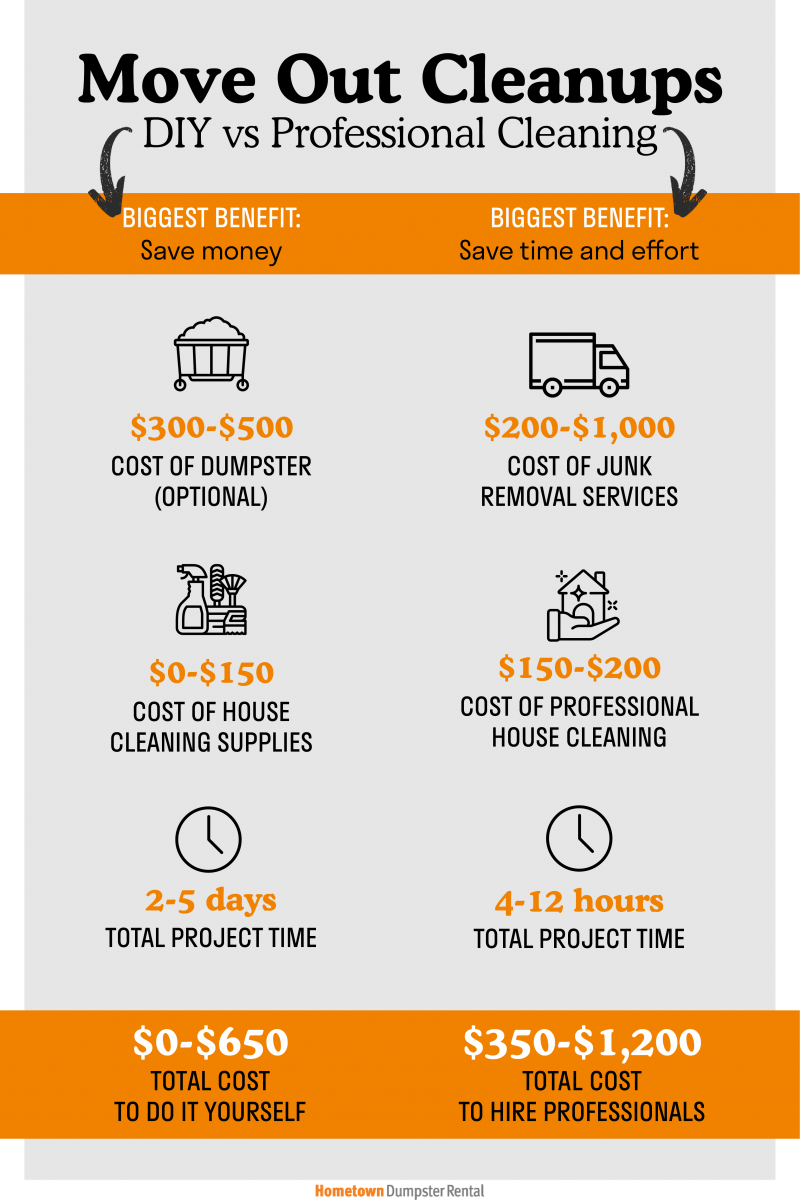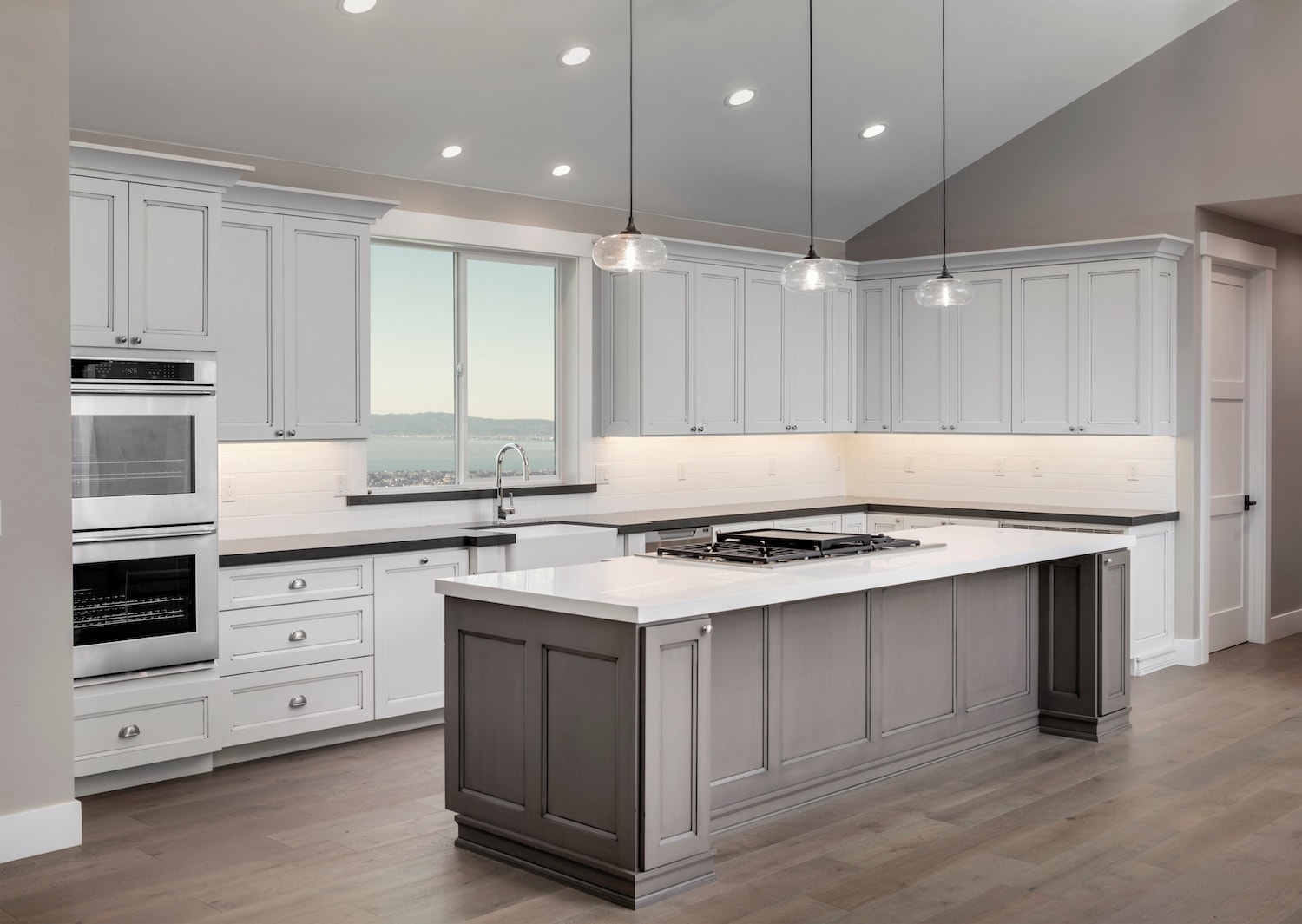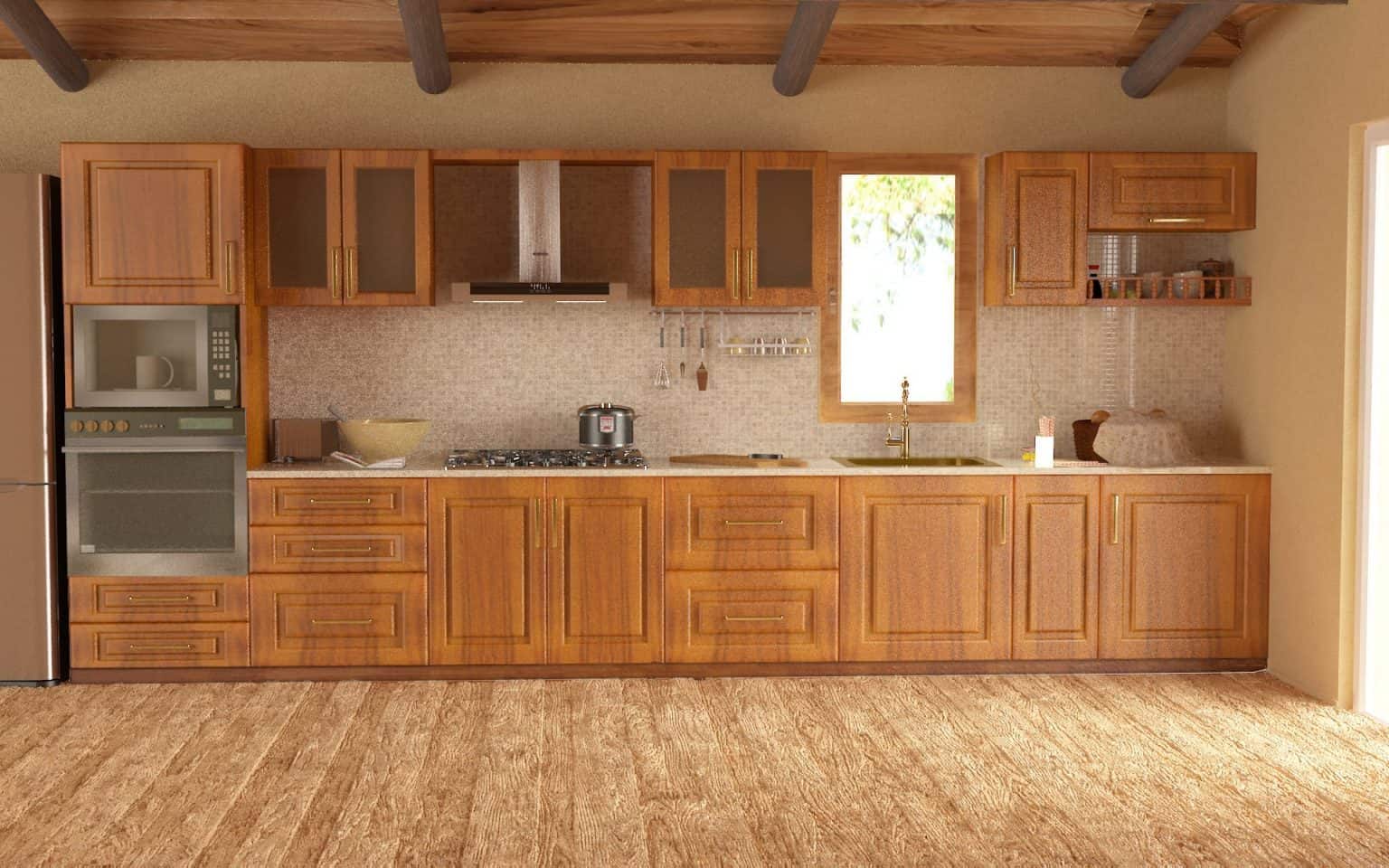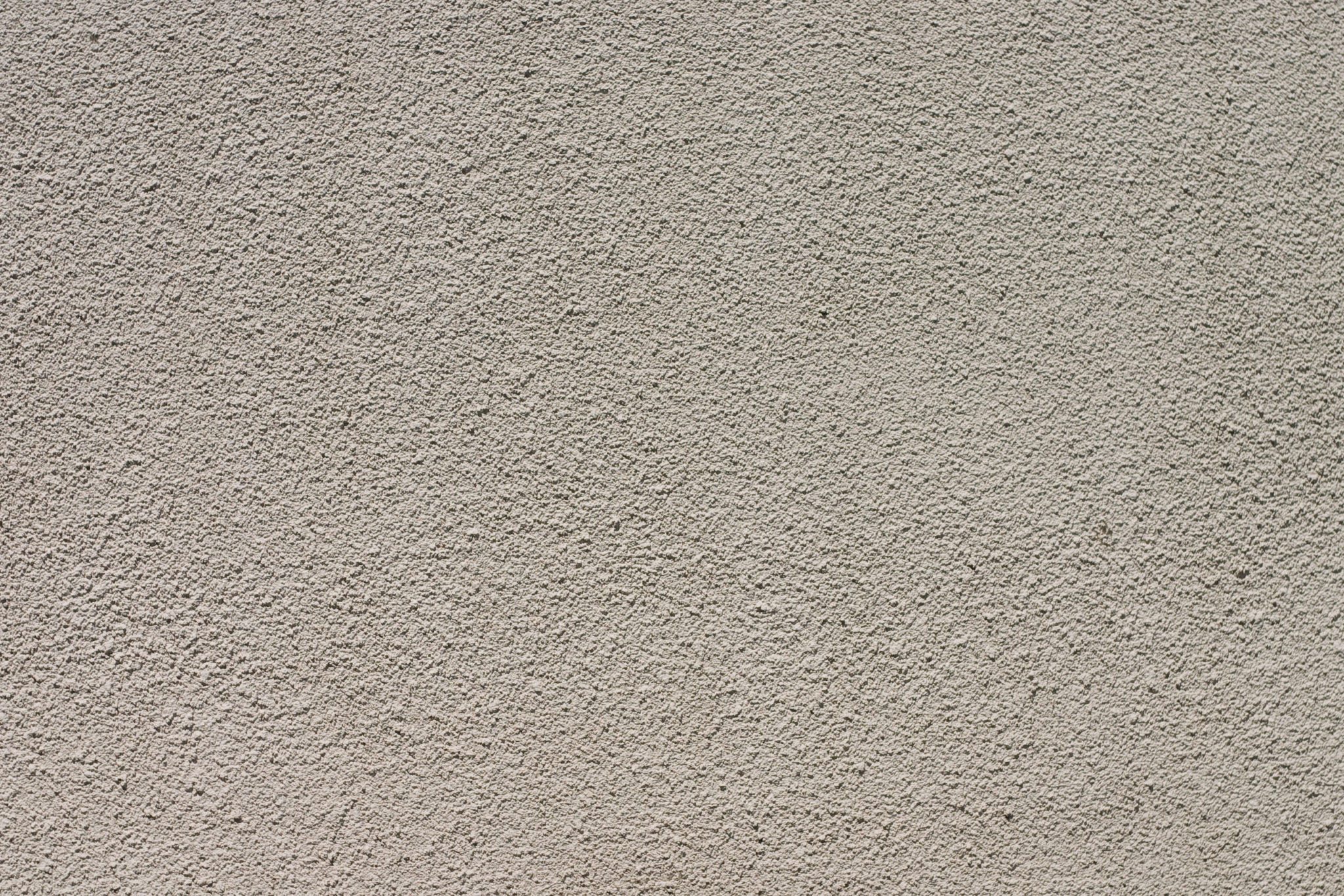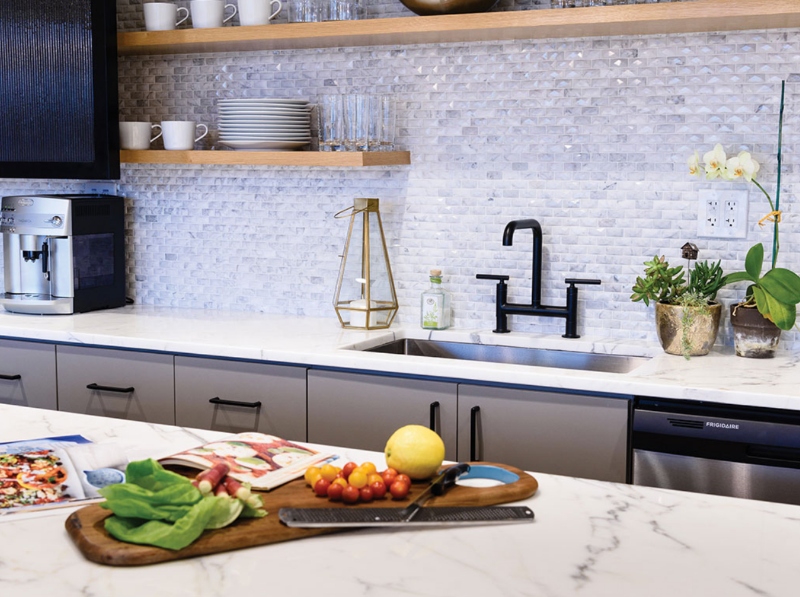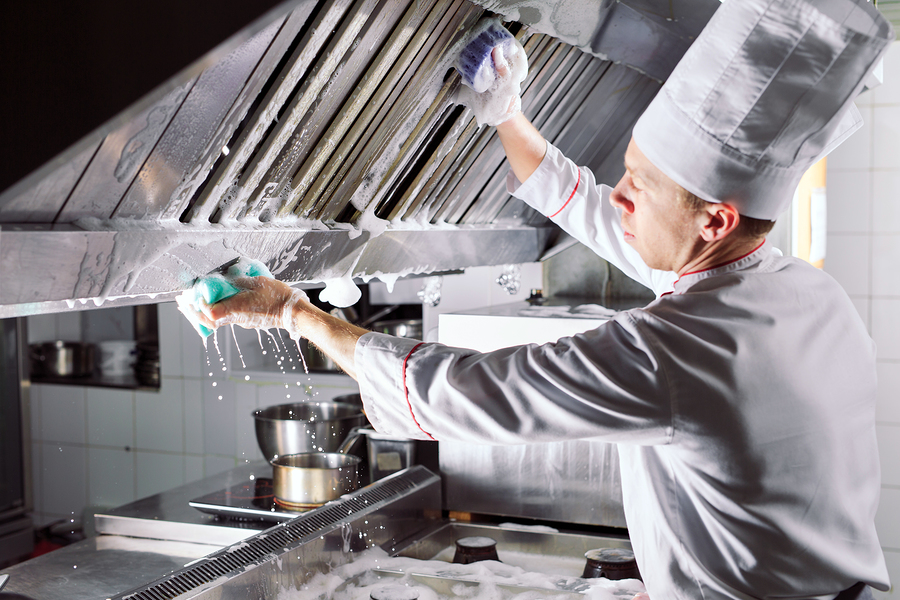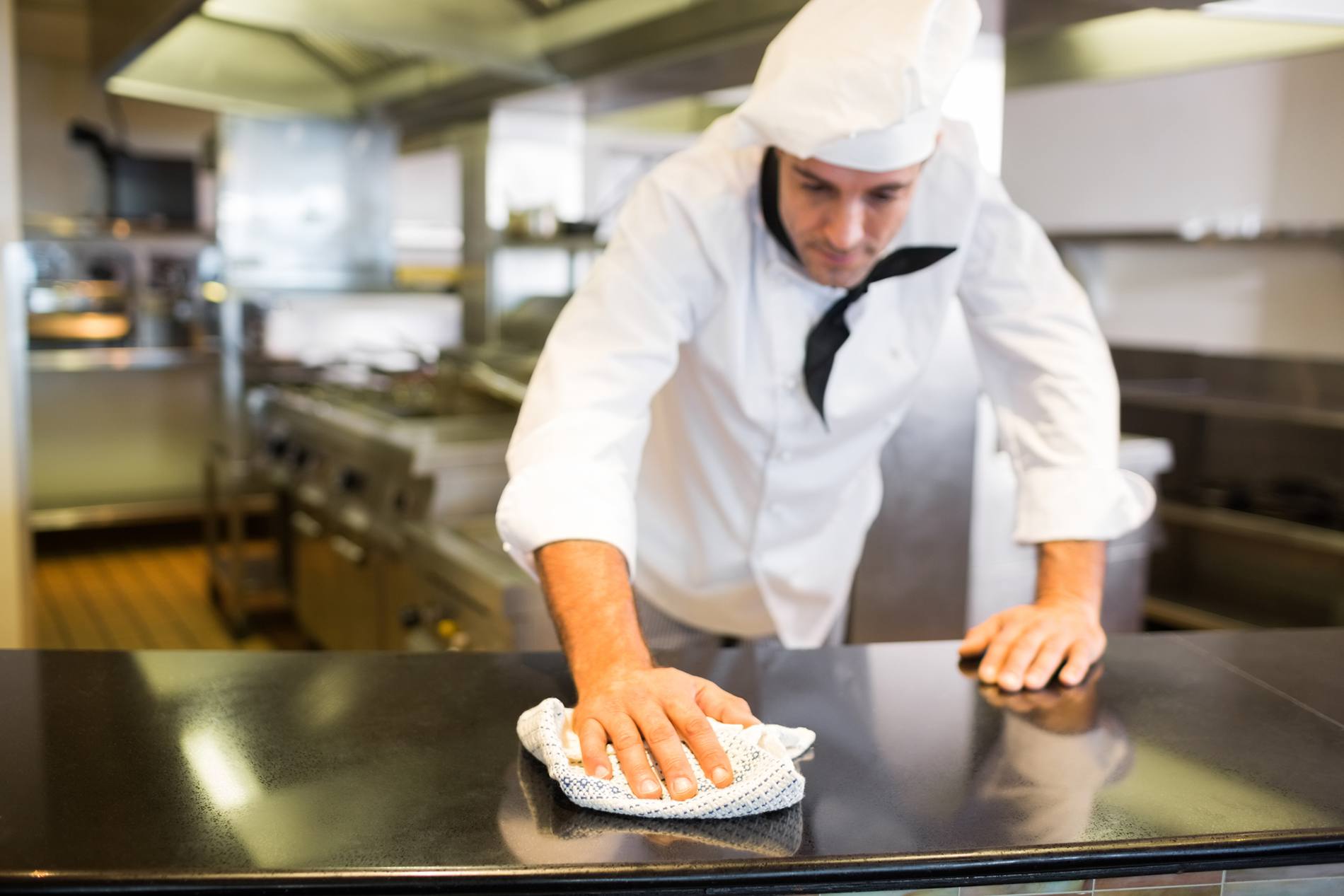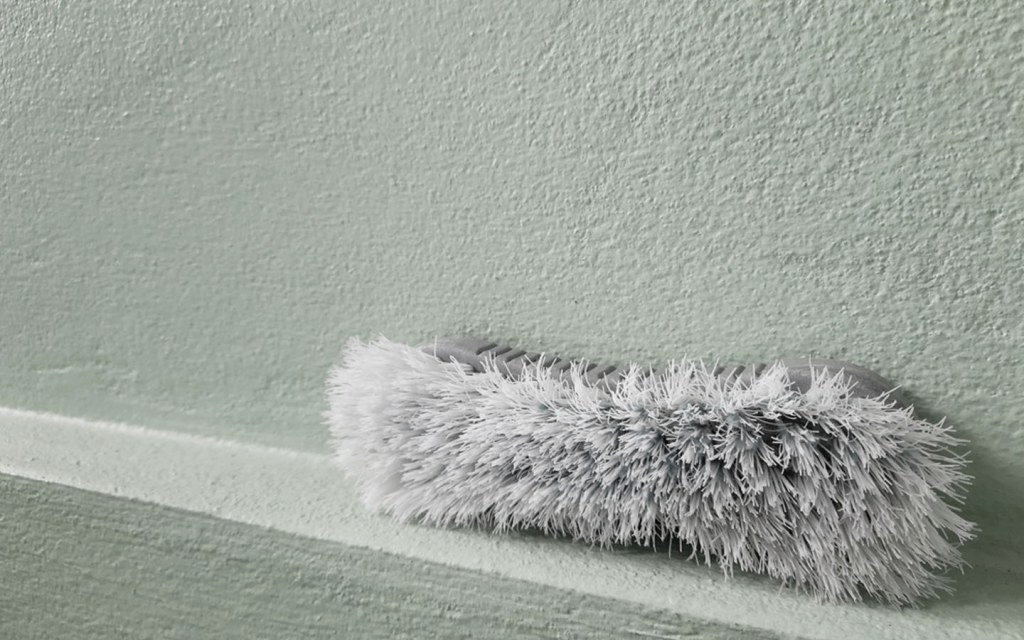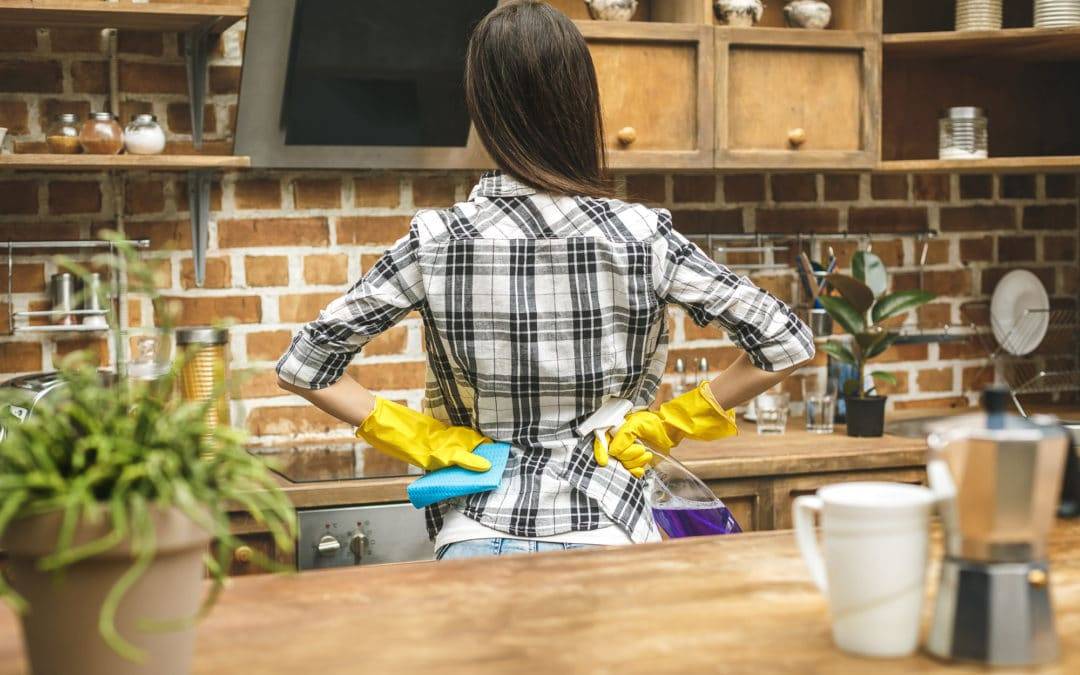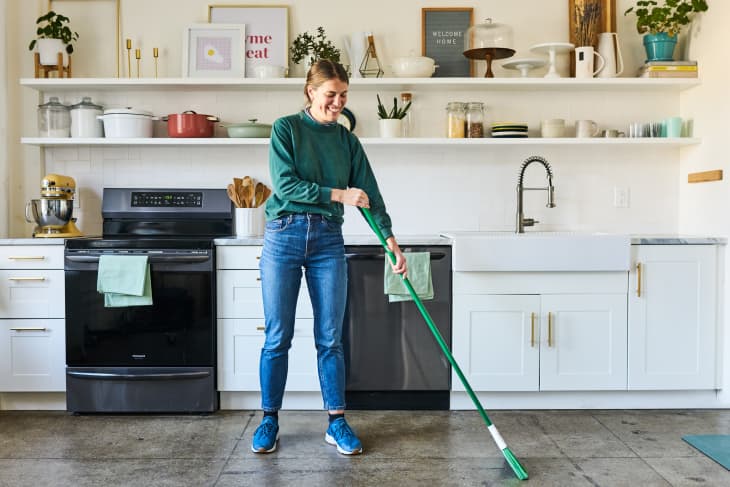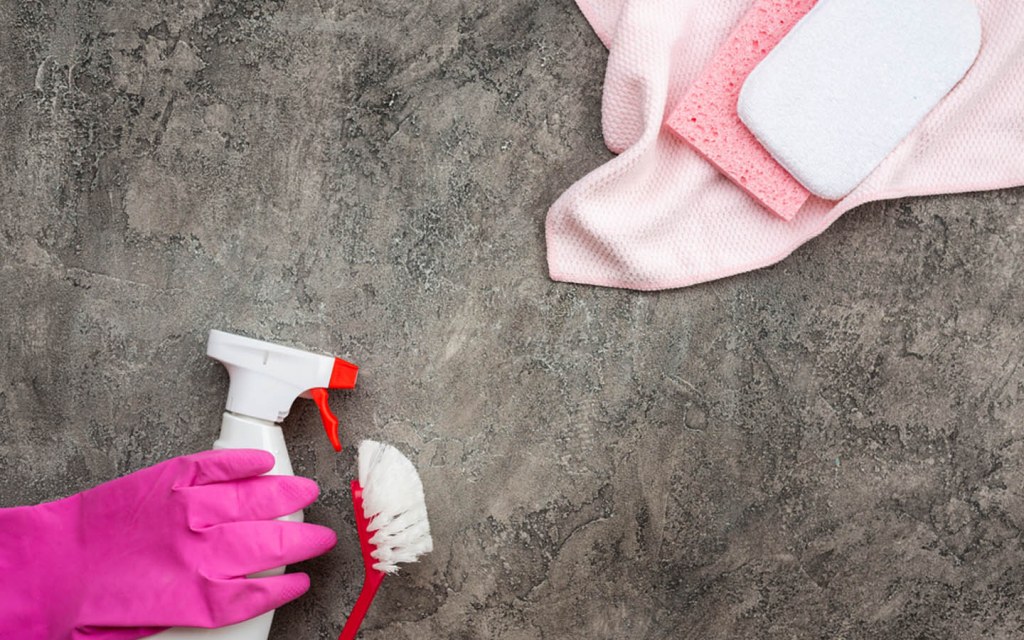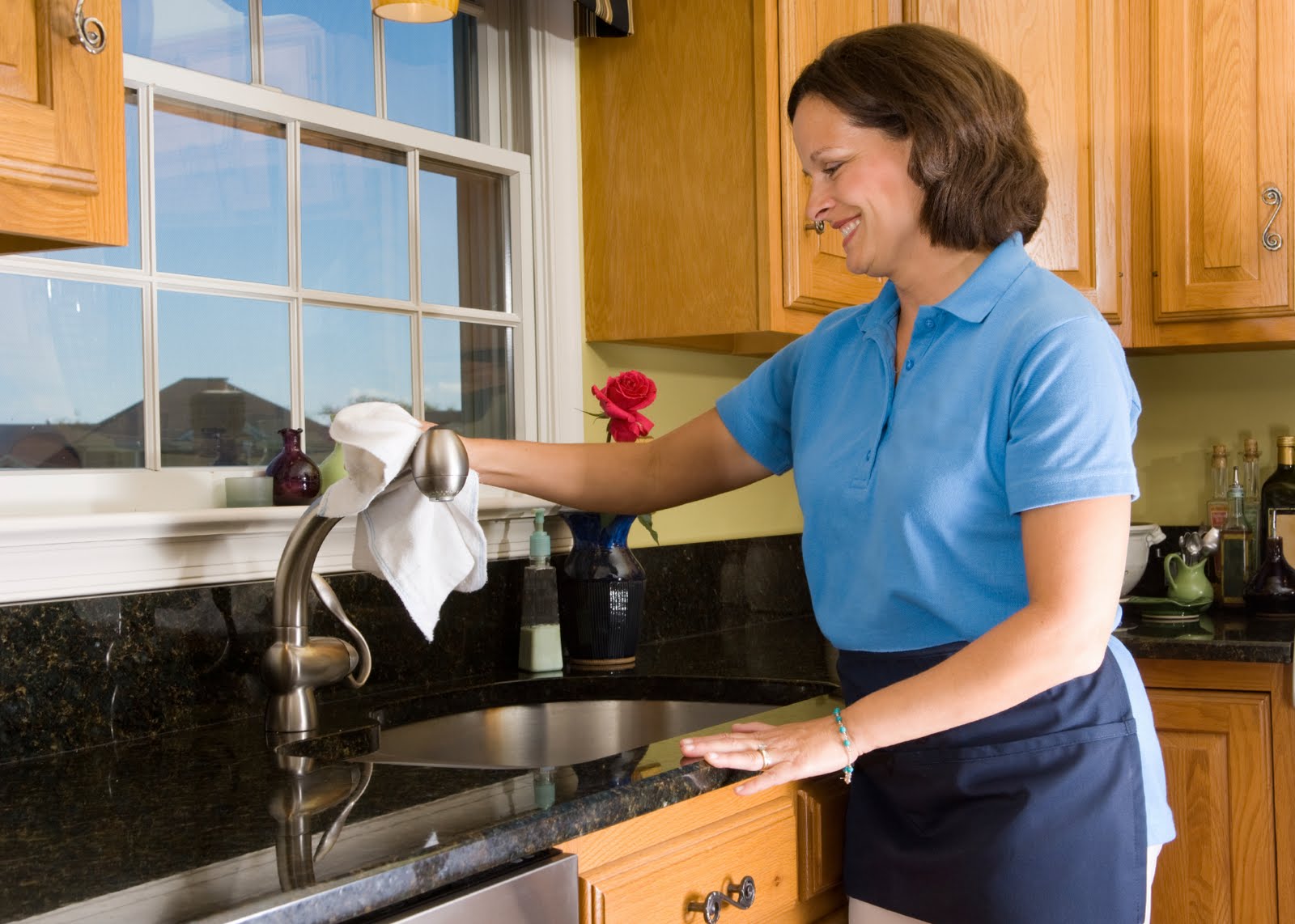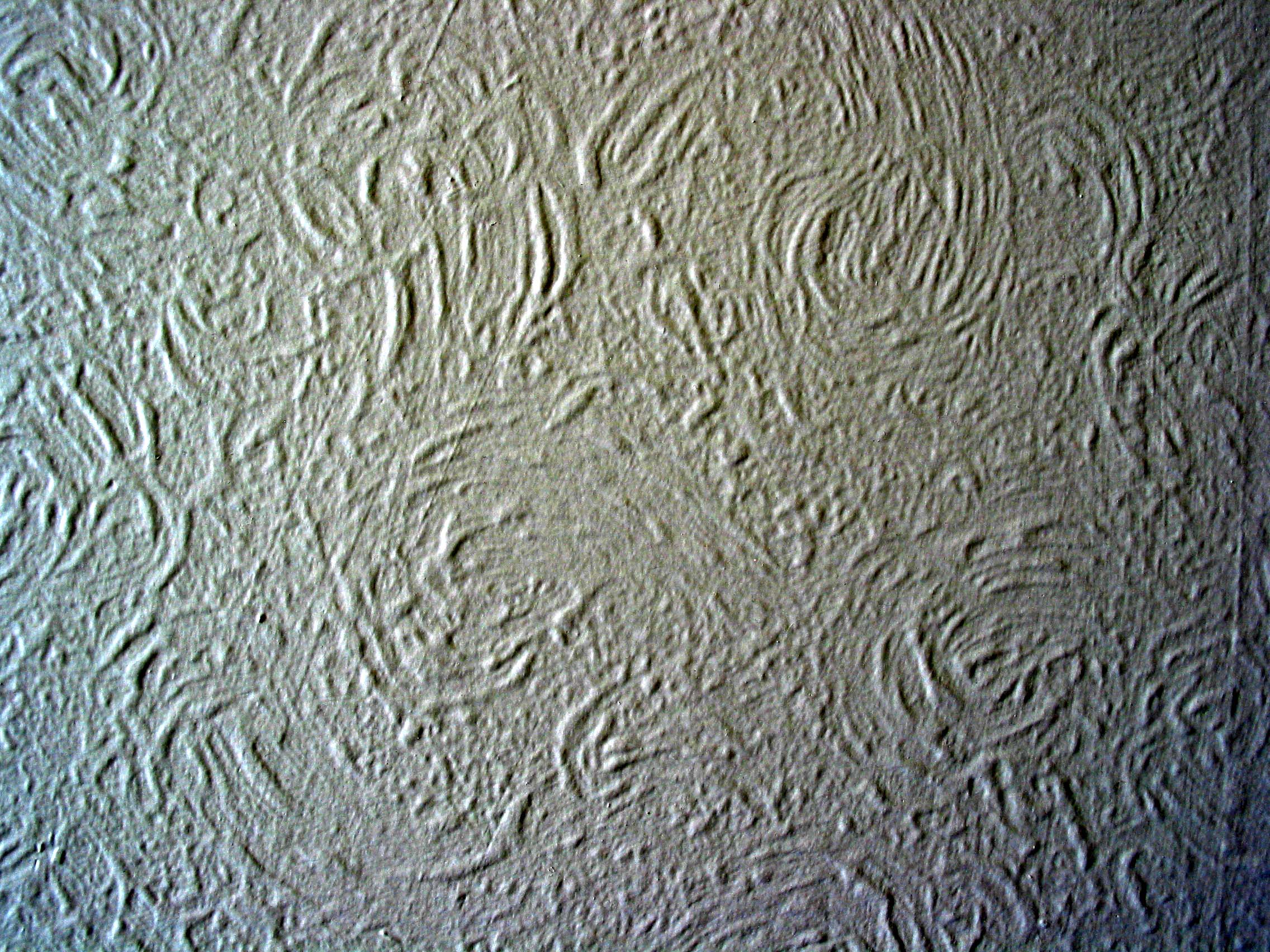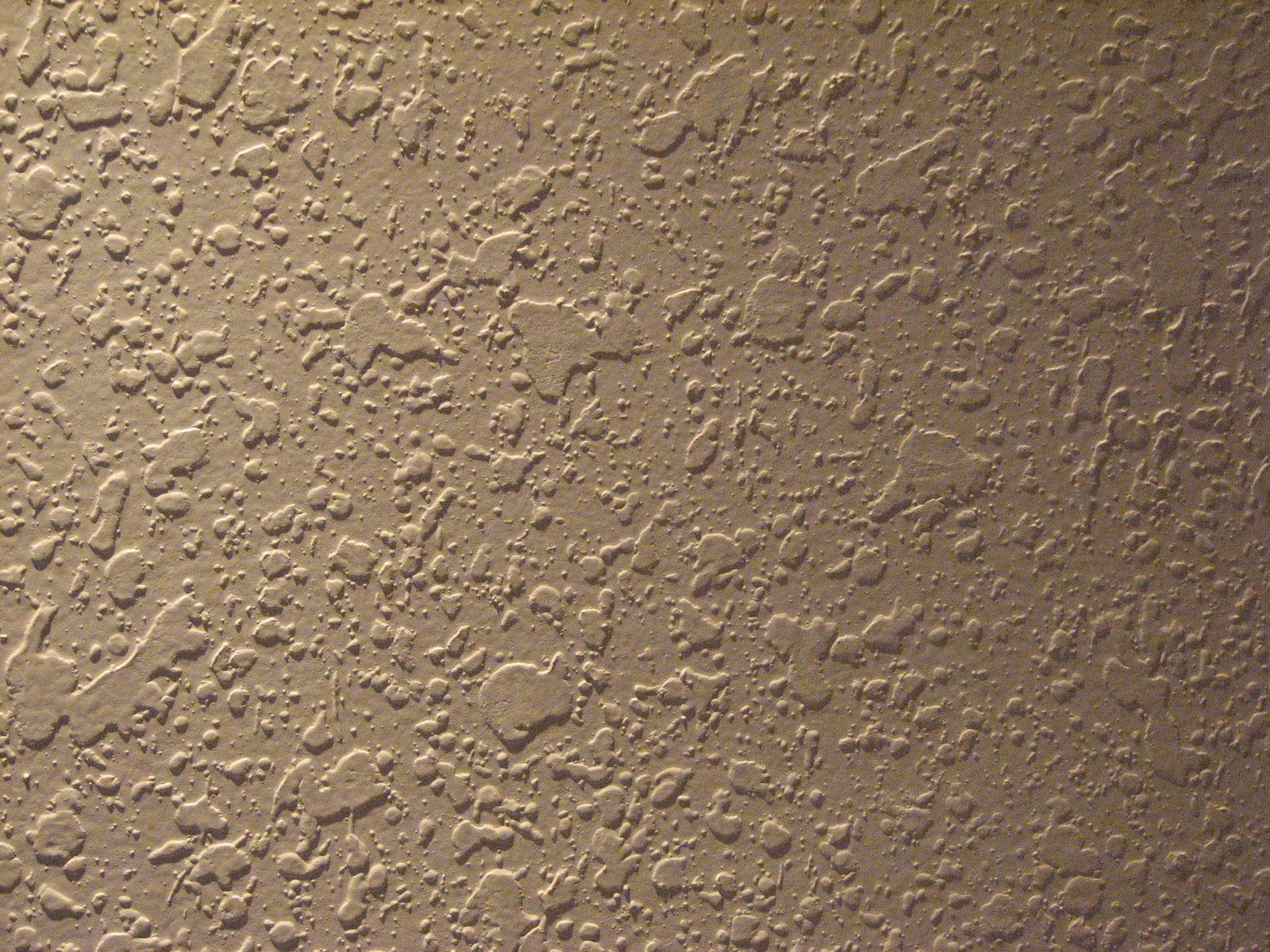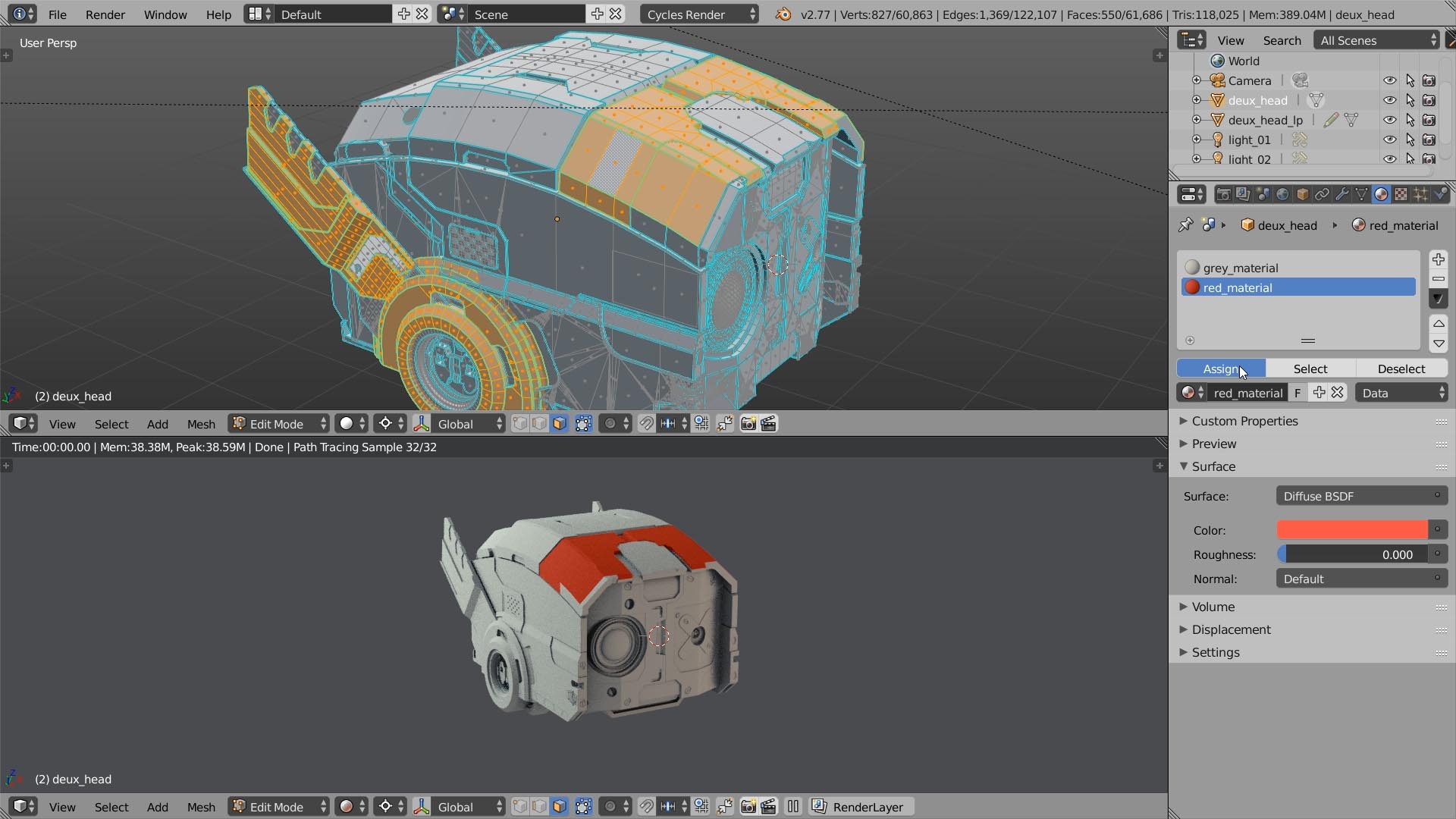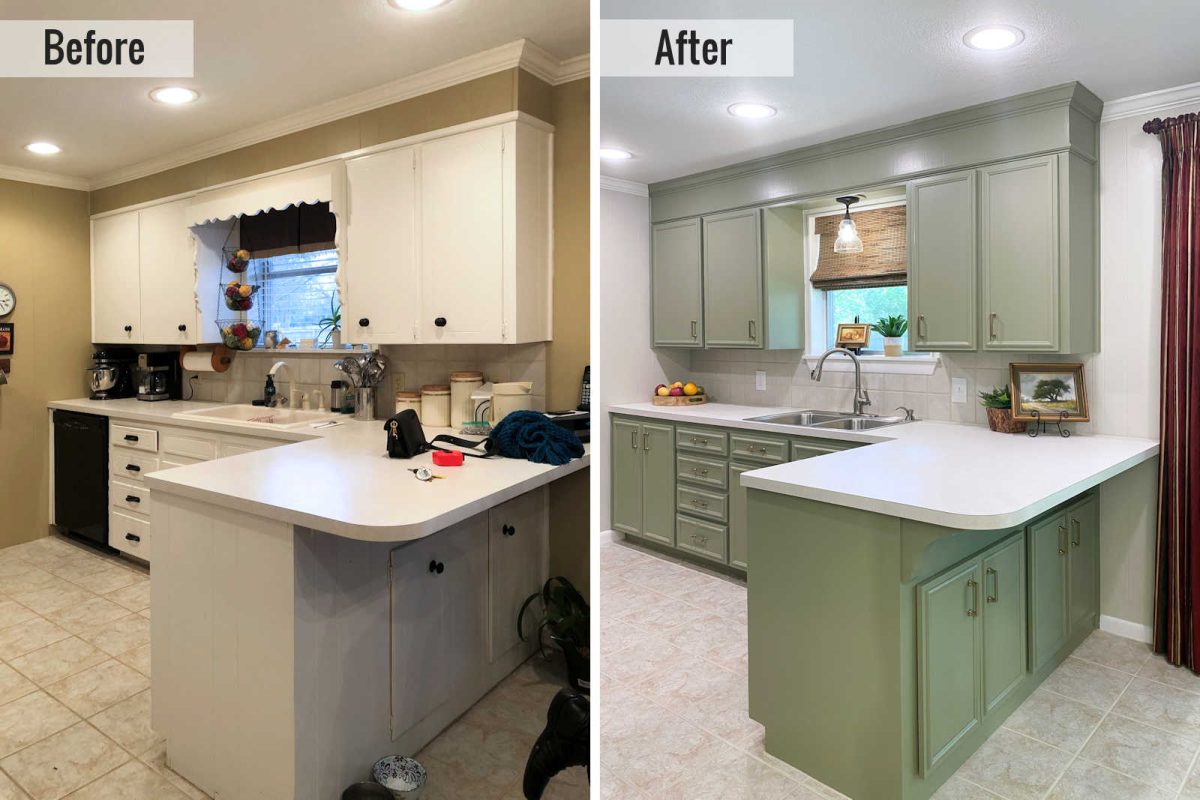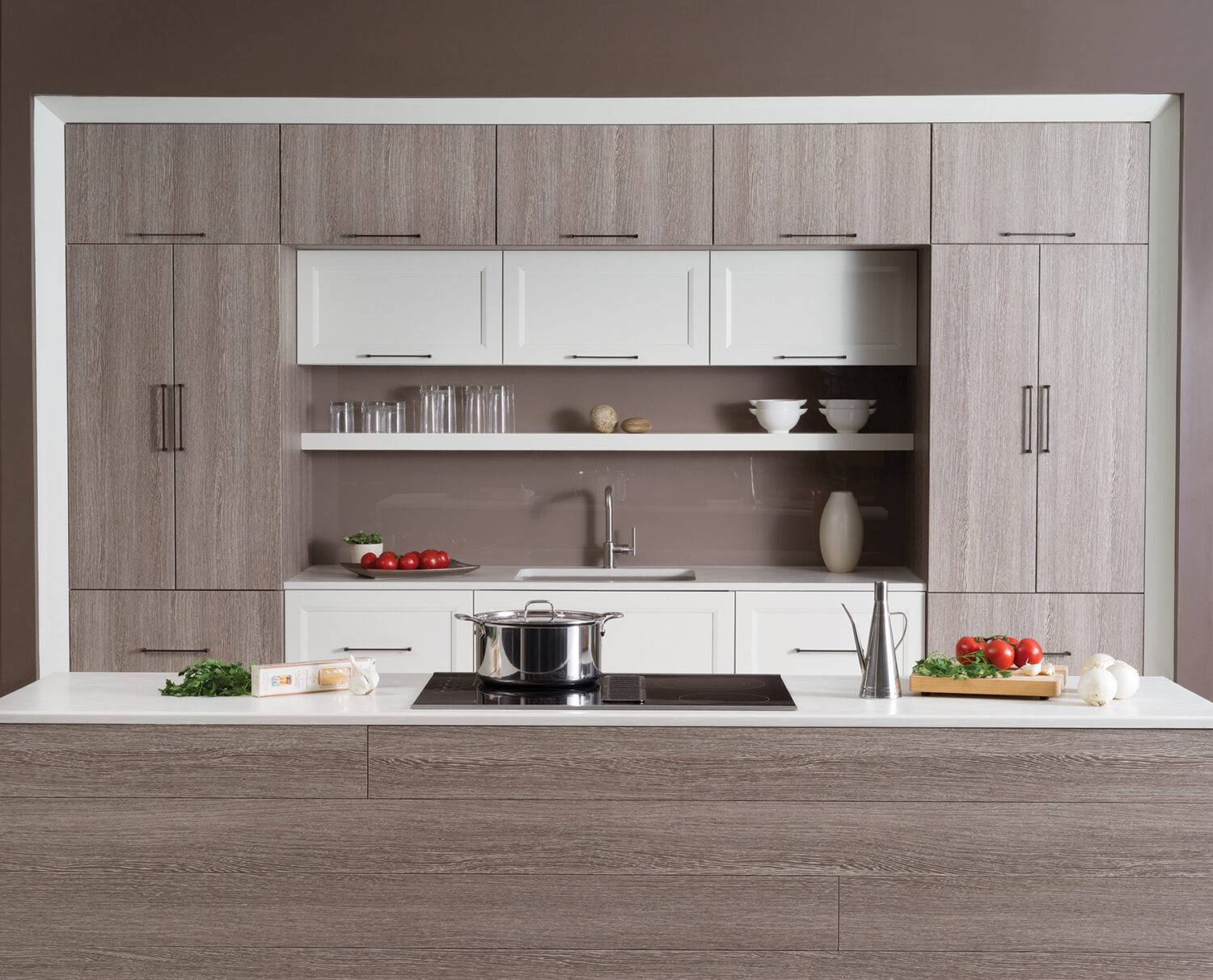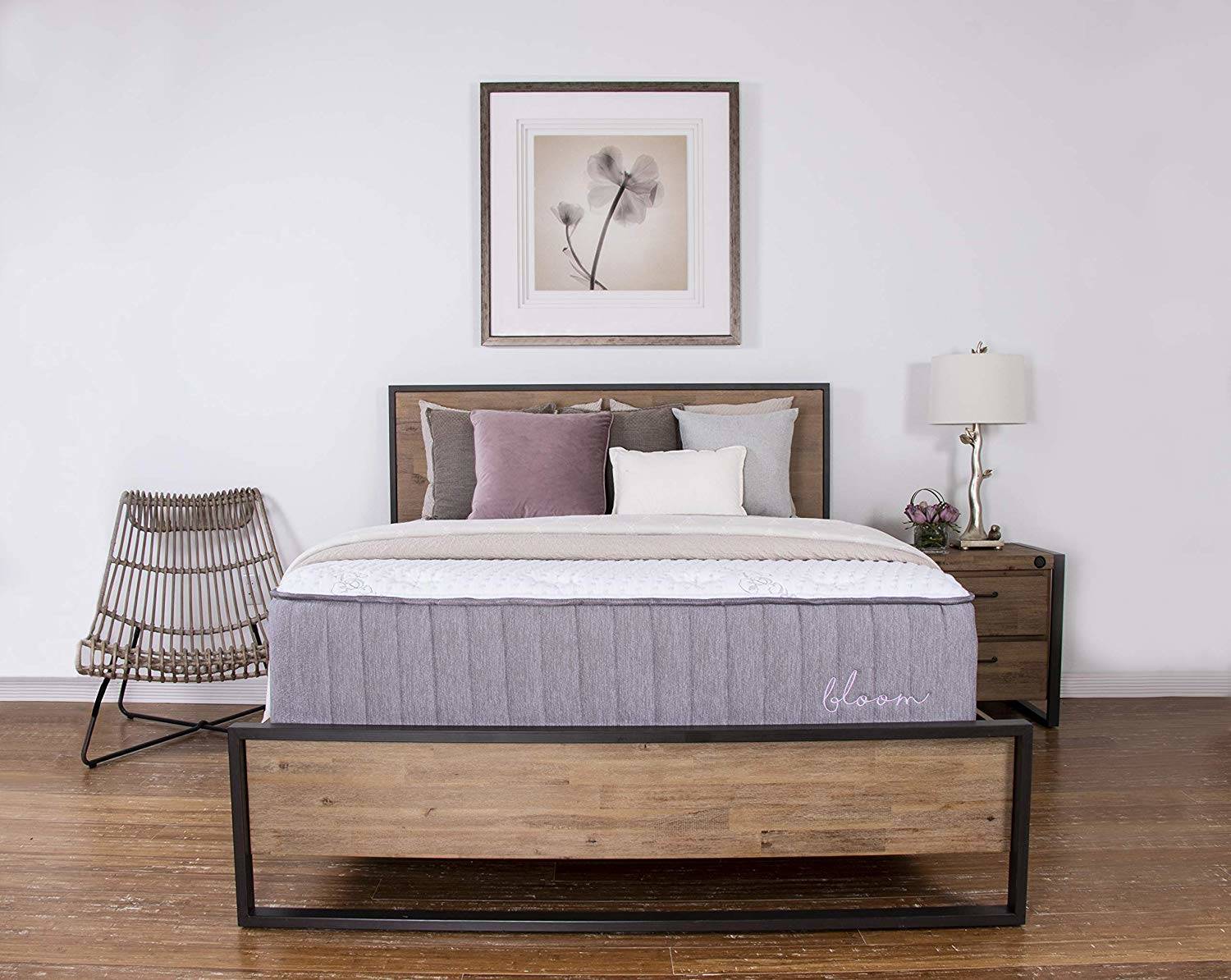Adding texture to your kitchen walls can be a great way to add character and personality to the heart of your home. However, like any home improvement project, there are pros and cons to consider before making the decision to texture your kitchen walls. Pros:Pros and Cons of Texturing Your Kitchen Wall
If you have decided to texture your kitchen wall, there are a few steps you will need to follow to achieve the desired result. Here is a basic guide on how to texture your kitchen wall:How to Texture Your Kitchen Wall
There are endless possibilities when it comes to texturing your kitchen walls. Here are some popular options to consider:Different Types of Textures for Kitchen Walls
The cost of texturing a kitchen wall will depend on the type of texture you choose and if you decide to hire a professional. On average, homeowners spend between $500 and $1,500 to texture a kitchen wall. If you are planning on texturing multiple walls or a larger space, the cost will likely be higher. Keep in mind that the cost of materials, tools, and labor can add up, so be sure to budget accordingly.Cost of Texturing a Kitchen Wall
Deciding whether to texture your kitchen wall yourself or hire a professional will depend on your budget, time, and skill level. Here are some things to consider: DIY:DIY vs Hiring a Professional for Texturing Your Kitchen Wall
The time it takes to texture a kitchen wall will depend on the size of the wall, the type of texture, and if you are doing it yourself or hiring a professional. On average, expect the process to take anywhere from one to three days. If you are doing it yourself, keep in mind that you may need to factor in additional time for mistakes, learning how to use the tools, and the drying time of the texture.How Long Does it Take to Texture a Kitchen Wall?
Textured walls can add dimension and interest to your kitchen, but they also require some special maintenance and cleaning considerations. Here are some tips:Maintenance and Cleaning Tips for Textured Kitchen Walls
One of the main reasons people choose to texture their kitchen walls is to add dimension and interest to the space. Here are some ways textured walls can enhance your kitchen:How Textured Walls Can Add Dimension to Your Kitchen
If you are trying to decide between texturing or painting your kitchen wall, here are some things to consider:Texturing vs Painting Your Kitchen Wall
To get a better idea of how texturing can transform your kitchen walls, here are some before and after examples: Before:Before and After: Examples of Textured Kitchen Walls
Why Texture Your Kitchen Wall?
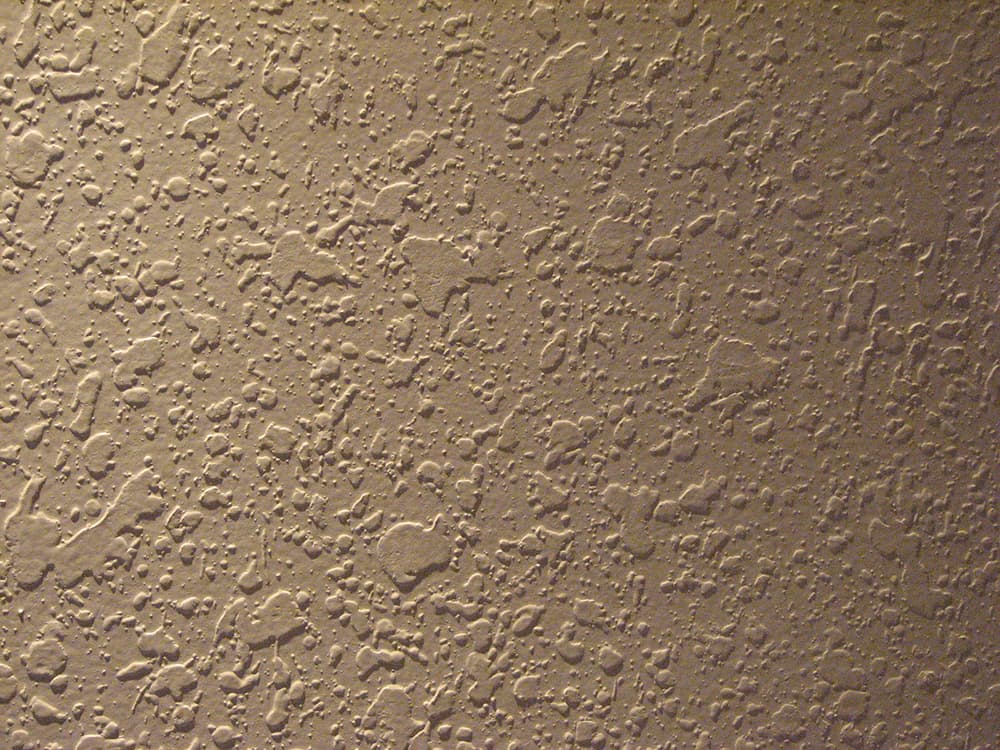
Enhance Aesthetics and Create a Unique Look
 When it comes to house design, the walls play a significant role in creating the overall look and feel of a space. This is especially true for the kitchen, which is often considered the heart of the home. Choosing the right wall texture can greatly enhance the aesthetics of your kitchen and give it a unique and personalized look.
Texture
is a powerful tool that can add depth and character to a room. It can create a focal point, add visual interest, and bring a sense of warmth and coziness to the space. With the wide range of textures available, you can
create
a variety of looks, from sleek and modern to rustic and charming.
When it comes to house design, the walls play a significant role in creating the overall look and feel of a space. This is especially true for the kitchen, which is often considered the heart of the home. Choosing the right wall texture can greatly enhance the aesthetics of your kitchen and give it a unique and personalized look.
Texture
is a powerful tool that can add depth and character to a room. It can create a focal point, add visual interest, and bring a sense of warmth and coziness to the space. With the wide range of textures available, you can
create
a variety of looks, from sleek and modern to rustic and charming.
Hide Imperfections and Add Durability
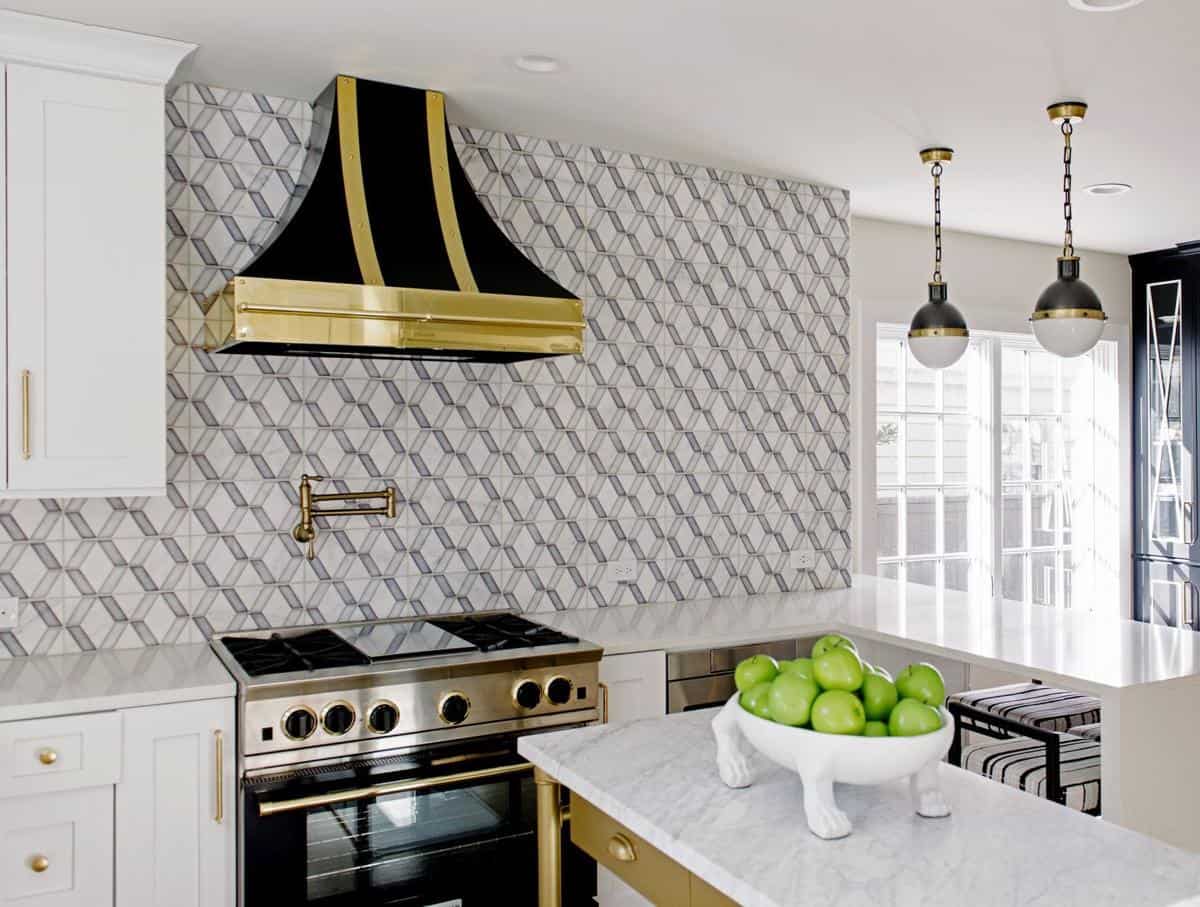 Another benefit of texturing your kitchen wall is that it can
help hide imperfections
and add durability. Over time, walls can develop cracks, dents, and other imperfections that can be difficult to repair. Texturing the walls can help conceal these flaws and give your kitchen a clean and flawless appearance.
In addition, textured walls are more resistant to wear and tear. This is especially important in the kitchen, where walls are subject to splatters, spills, and other forms of damage. The texture not only adds an extra layer of protection but also makes it easier to clean and maintain.
Another benefit of texturing your kitchen wall is that it can
help hide imperfections
and add durability. Over time, walls can develop cracks, dents, and other imperfections that can be difficult to repair. Texturing the walls can help conceal these flaws and give your kitchen a clean and flawless appearance.
In addition, textured walls are more resistant to wear and tear. This is especially important in the kitchen, where walls are subject to splatters, spills, and other forms of damage. The texture not only adds an extra layer of protection but also makes it easier to clean and maintain.
Improve Acoustics and Create a Cozy Ambience
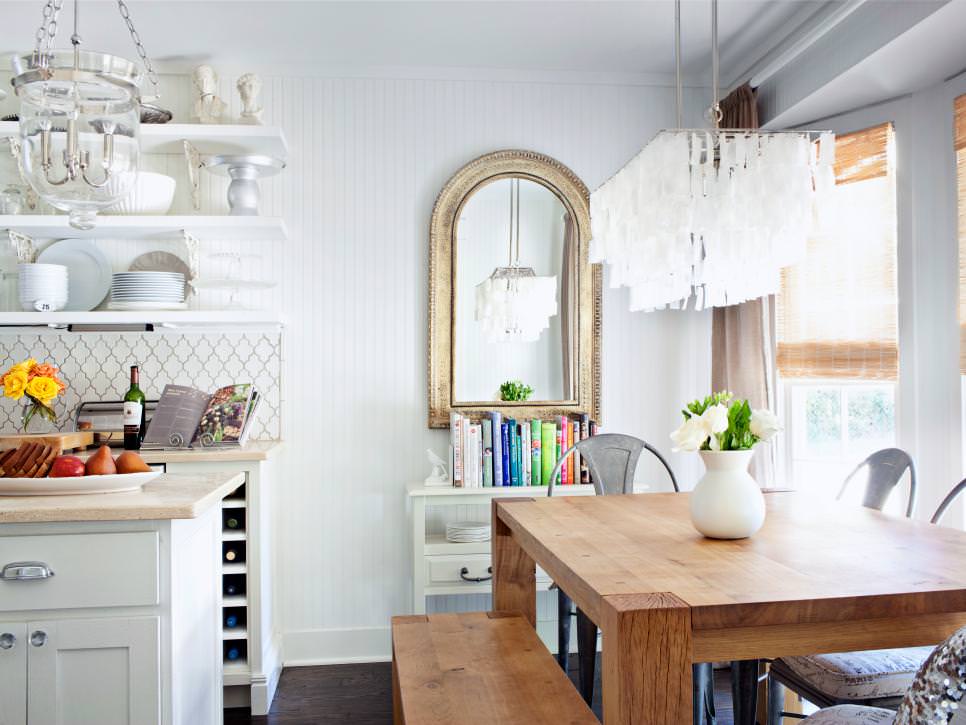 Textured walls can also have a positive impact on the acoustics of your kitchen. Smooth walls tend to reflect sound, creating an echo effect that can be quite unpleasant. Textured walls, on the other hand, absorb sound, making the space more comfortable and reducing noise levels.
Moreover, the texture can add warmth and coziness to the kitchen. This is especially beneficial for larger kitchens, as it can help create a more intimate and inviting atmosphere. The right texture can also complement the style and design of your kitchen, making it feel more cohesive and put-together.
In conclusion, texturing your kitchen walls can have a significant impact on the overall design and functionality of the space. It can enhance the aesthetics, hide imperfections, add durability, improve acoustics, and create a cozy ambience. So if you're considering a kitchen remodel, don't overlook the importance of texture in creating a beautiful and functional space.
Textured walls can also have a positive impact on the acoustics of your kitchen. Smooth walls tend to reflect sound, creating an echo effect that can be quite unpleasant. Textured walls, on the other hand, absorb sound, making the space more comfortable and reducing noise levels.
Moreover, the texture can add warmth and coziness to the kitchen. This is especially beneficial for larger kitchens, as it can help create a more intimate and inviting atmosphere. The right texture can also complement the style and design of your kitchen, making it feel more cohesive and put-together.
In conclusion, texturing your kitchen walls can have a significant impact on the overall design and functionality of the space. It can enhance the aesthetics, hide imperfections, add durability, improve acoustics, and create a cozy ambience. So if you're considering a kitchen remodel, don't overlook the importance of texture in creating a beautiful and functional space.






